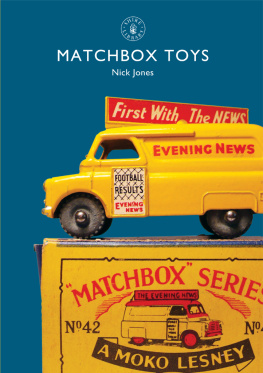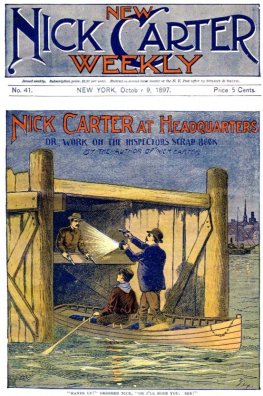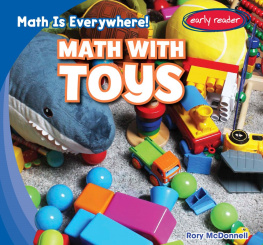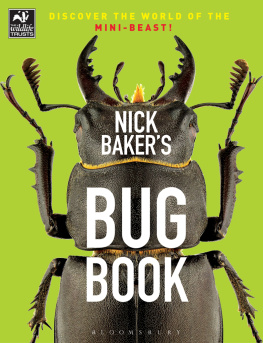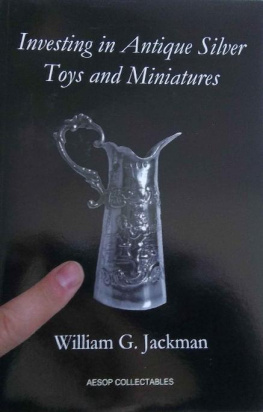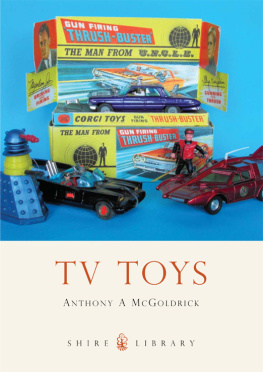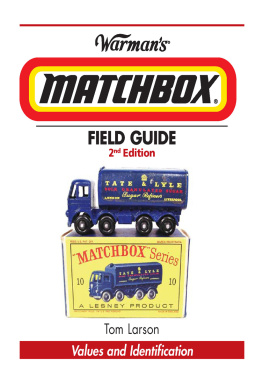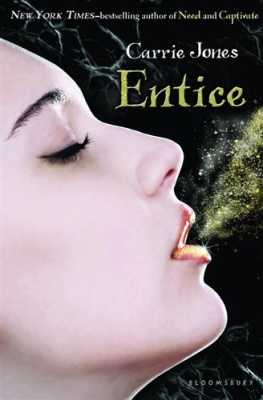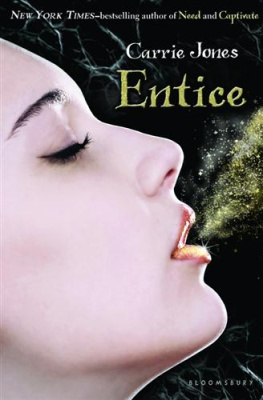Nick Jones - Matchbox Toys
Here you can read online Nick Jones - Matchbox Toys full text of the book (entire story) in english for free. Download pdf and epub, get meaning, cover and reviews about this ebook. year: 2016, publisher: Bloomsbury Publishing, genre: Non-fiction. Description of the work, (preface) as well as reviews are available. Best literature library LitArk.com created for fans of good reading and offers a wide selection of genres:
Romance novel
Science fiction
Adventure
Detective
Science
History
Home and family
Prose
Art
Politics
Computer
Non-fiction
Religion
Business
Children
Humor
Choose a favorite category and find really read worthwhile books. Enjoy immersion in the world of imagination, feel the emotions of the characters or learn something new for yourself, make an fascinating discovery.
- Book:Matchbox Toys
- Author:
- Publisher:Bloomsbury Publishing
- Genre:
- Year:2016
- Rating:3 / 5
- Favourites:Add to favourites
- Your mark:
- 60
- 1
- 2
- 3
- 4
- 5
Matchbox Toys: summary, description and annotation
We offer to read an annotation, description, summary or preface (depends on what the author of the book "Matchbox Toys" wrote himself). If you haven't found the necessary information about the book — write in the comments, we will try to find it.
Matchbox Toys — read online for free the complete book (whole text) full work
Below is the text of the book, divided by pages. System saving the place of the last page read, allows you to conveniently read the book "Matchbox Toys" online for free, without having to search again every time where you left off. Put a bookmark, and you can go to the page where you finished reading at any time.
Font size:
Interval:
Bookmark:
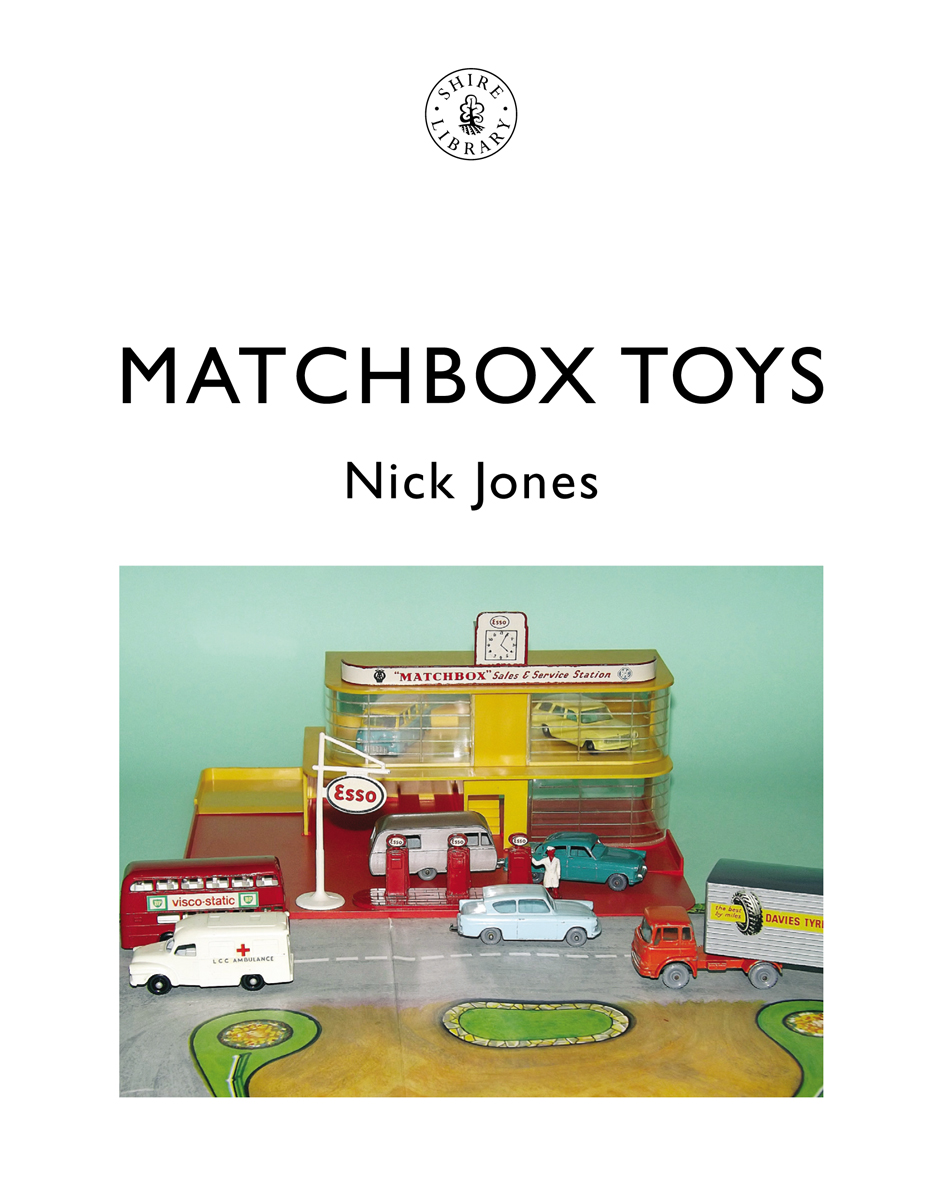
DEDICATION
For the members of the Vintage British Diecast Forum, who encouraged me to write this book and have assisted me in the task.
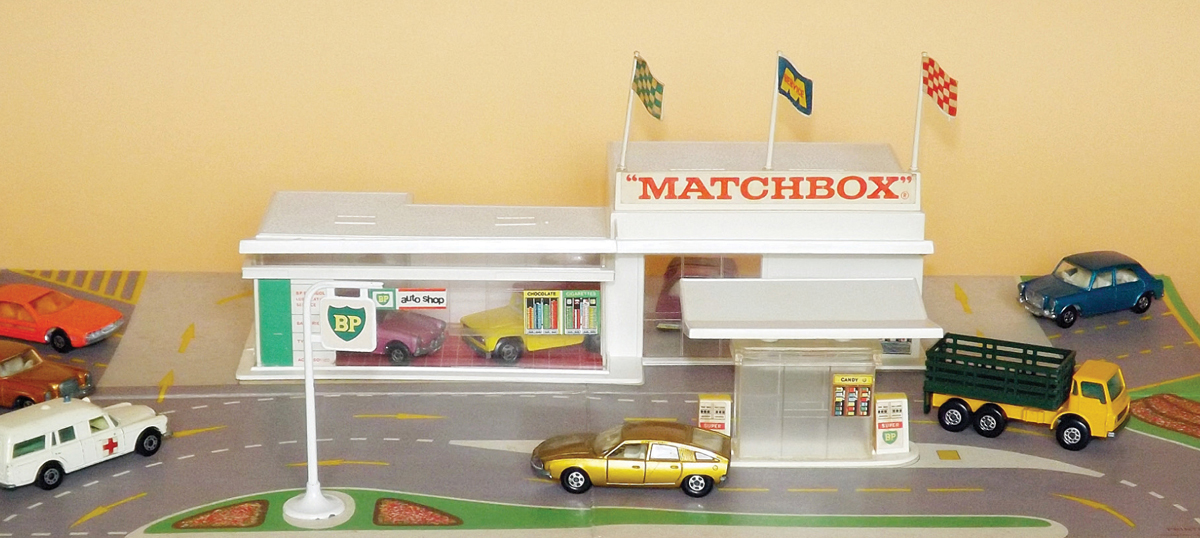
Lesney products Ltd was registered as a company on 19 January 1947 by two former schoolmates, Leslie Smith and Rodney Smith (unrelated), who had both served in the armed forces and used their military gratuity pay to purchase a die-casting machine from Rodneys pre-war employer, the Die Cast Machine Tools Company (DCMT). They had rented a derelict pub in Edmonton in north London called the Rifleman and set up their machinery in the saloon bar. The fledgling company was called Lesney, an amalgamation of Leslie and Rodney, and Products, because they were not sure exactly what they would be making.
Their first order was for a diecast string-cutter, for which they had a local toolmaking company make the dies. As the toolmakers had also made themselves a copy of the dies, no further orders were forthcoming.
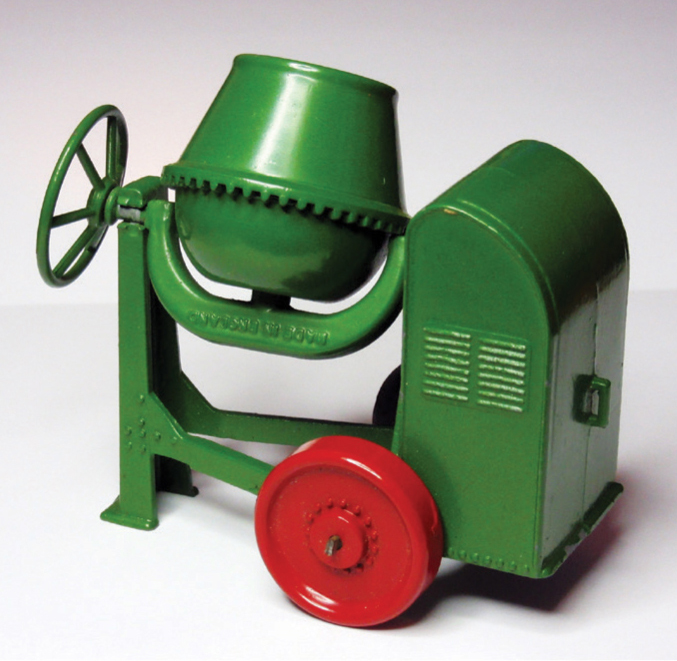
The Cement Mixer is usually found in green with orange or red wheels. Because it is usually found in one piece, it does not command very high prices.
Shortly afterwards, another DCMT worker, John William Odell (usually known as Jack), approached them and asked about setting up his own die-casting machine in the Rifleman. He had originally set up his ex-army die-casting machine at his council house but the council had ordered him to remove it or face eviction. This turned out to be very fortunate for all concerned because Jack was an experienced toolmaker and a natural engineer. Jack already had his first order for ten thousand ceiling hooks, so Jack became a partner in the company. Jack made the tools, Rodney did the die-casting, and Leslie did the accounts and sales.

The large-scale Road Roller. Green with red wheels is the most common colour. The very rare red, orange and tan examples can fetch high prices.
Towards Christmas 1947 new orders began to slow down, so they looked for something else to make and their attention turned to toys. They bought a Dinky Toys Aveling Barford road roller and made tools to produce a similar toy for about one-third of the price of the Dinky. The Aveling Barford became the first Lesney toy to be released. It never had a tinplate baseplate like the Dinky and the roof canopy supports were diecast, whereas on the Dinky they were wire. The Lesney Aveling Barford was an instant success, not only because it was at least as good as the Dinky but also because it was cheaper and, furthermore, it could be sold anywhere, unlike the Dinky version, which could be sold only by authorised retailers. This made it ideal for smaller toyshops and newsagents to stock.
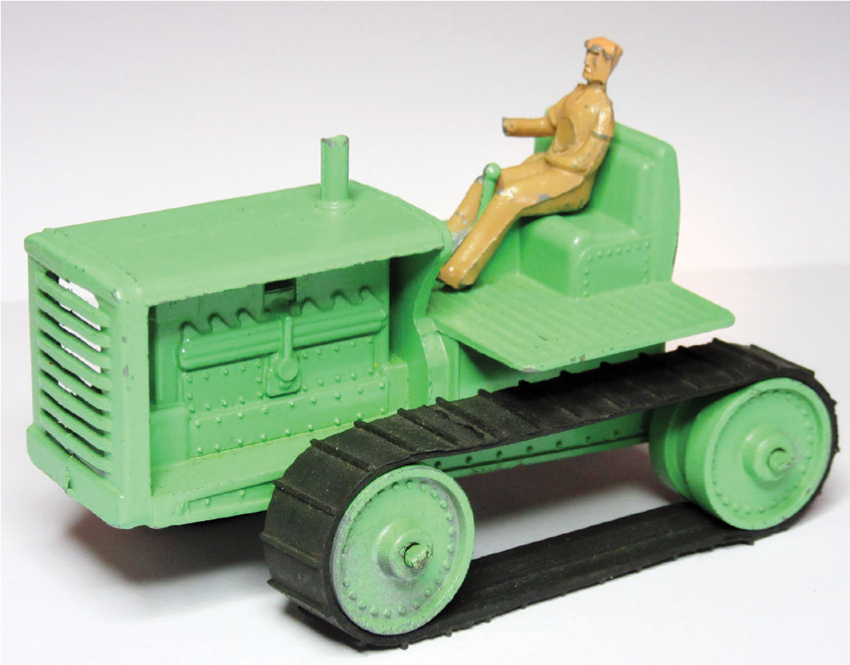
The Crawler Tractor is often confused with an almost identical one made by Benbros that, fortunately, does have the makers name on the base.
It was soon followed by the Lesney portable Cement Mixer, which came about because one was spotted in use on a construction site near the Rifleman; at lunchtime they visited the site armed with a tape measure and notepad and measured up the mixer. It was made to a larger scale than the Aveling Barford but the finished model was about the same size, about 4 inches (100 mm).
Next came the Caterpillar Crawler Tractor, which went on sale in 19478. It was very loosely based on a Dinky Blaw Knox bulldozer but Lesney were gaining confidence in their own die-casting skills and produced a vehicle that was superior to the Dinky simply because it featured a fully detailed engine. About the time the Crawler was released, a Caterpillar Crawler Bulldozer version was also made available. Both the Tractor and the Bulldozer may be found with a separate light-brown diecast driver, but drivers are quite rare. The Bulldozer driver casting was very similar to the Prime Mover driver casting (see below).
The next toy was released in 1949: a firm favourite among toy collectors, it was the Horse-Drawn Milk Float. The Milk Float would have been a much more familiar vehicle to children than the previous toys, which were based on types confined to construction sites or road works, and so it was almost certainly a better seller. It was not only the first toy to feature hand-applied trim but also the first to be packed in its own box rather than in a retailers box of six.
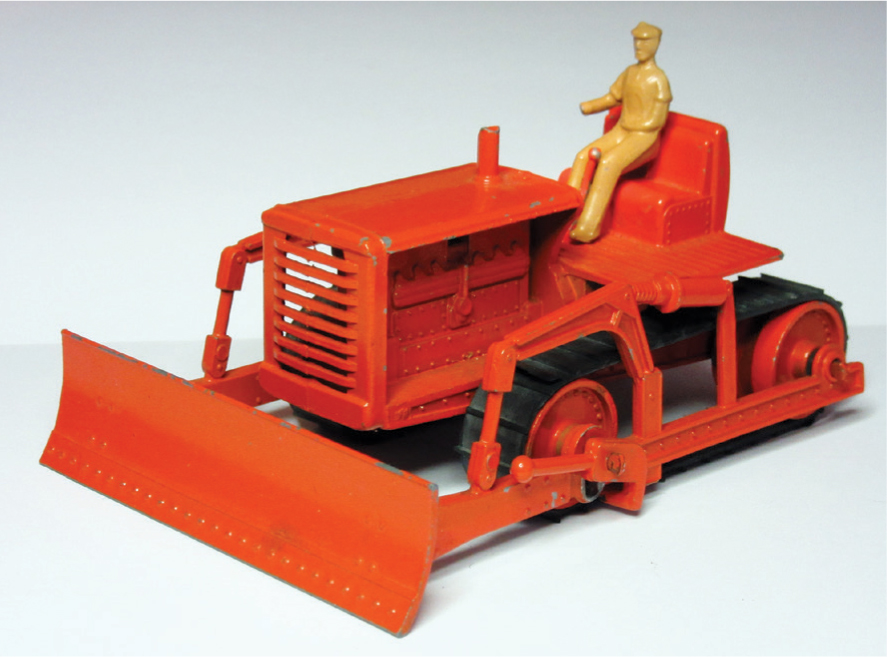
The Caterpillar Bulldozer sometimes has a driver, but more often not. Early examples have a blade-lifting handle attached to the front axle.
Also released in 1949 was the Horse-Drawn Rag and Bone Cart; it was not such a good seller as the Milk Float and so it is much harder to find. The horse and driver were the same as used on the Milk Float but the driver was painted a light brown. The front turntable and horse shafts were also as used on the Milk Float, but there the similarity ends. The set came with seven pieces of junk: a bicycle frame, a bucket, a toilet cistern, a mangle handle, a bedstead and a tin bath, all of which were diecast and unpainted, plus a diecast wooden box that was painted brown. Like the Milk Float, the Rag and Bone Cart was packed in its own box but, despite this, many of the pieces of junk have been lost over the years and so to find a complete cart with all of its junk is extremely rare.
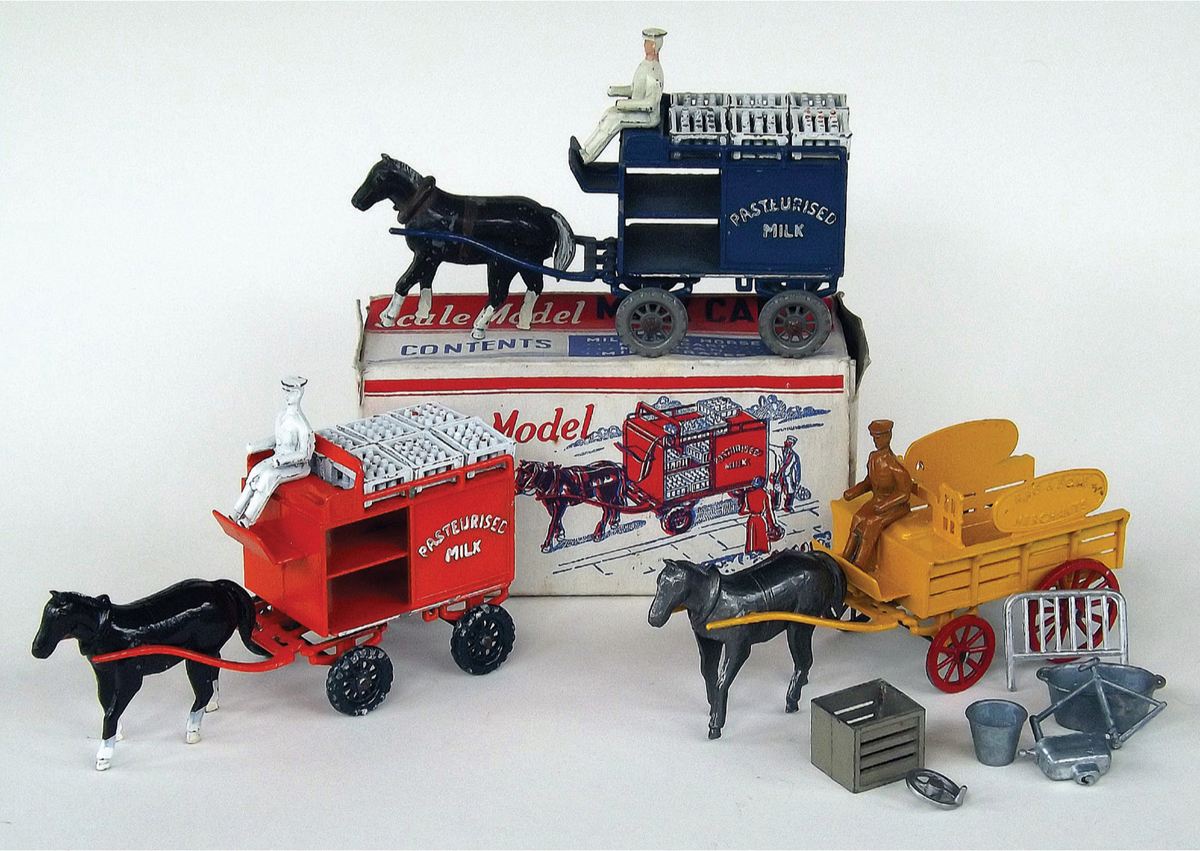
The Milk Float and the Rag and Bone Cart. The blue Milk Float is rare but the Rag and Bone Cart is almost impossible to find, especially in good condition.
Also released in 1949 was the Soap Box Racer, which is probably more commonly known as a go-cart, a type of vehicle made by young boys that featured four old pram wheels fixed to a plank of wood and topped off with a wooden box for the rider to sit in. Although it was a well-executed model that included a highly detailed rider, it never sold in great numbers and so it is the rarest and most sought-after of all Lesney toys today. Although production figures were not kept, a figure of 144 units produced has been recorded, but many of these may have gone back into the smelting pot, and it is estimated that fewer than twenty Soap Box Racers probably survive in collections. Consequently the Racer can command an extremely high price today.
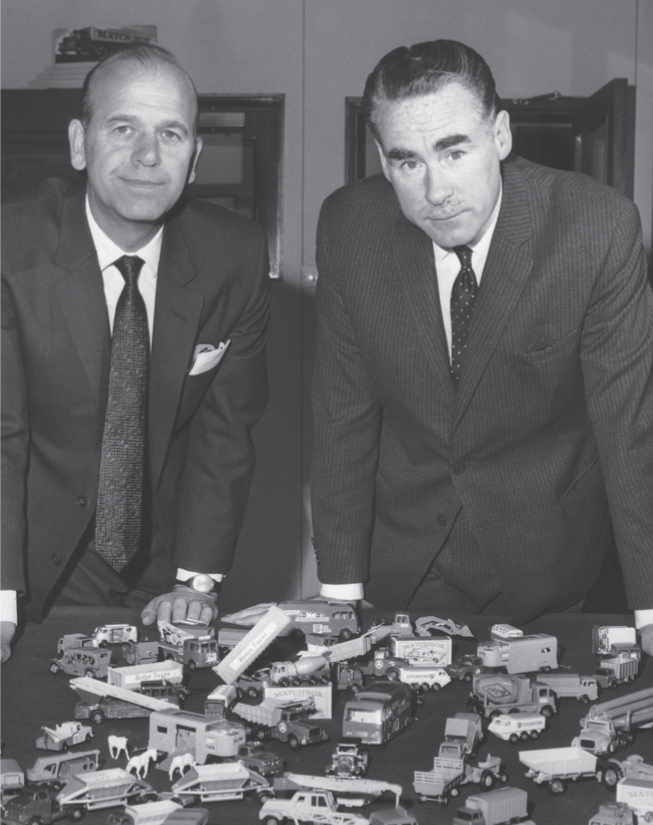
The founders of Lesney Matchbox, Sir Jack Odell OBE and Sir Leslie Smith OBE. (Getty)
By late 1949 Lesney had outgrown the Rifleman public house and so they moved a few miles south to a vacant factory in Shacklewell Lane, Hackney. The Rifleman was demolished soon after Lesney moved out. With the 1951 Festival of Britain being planned, Lesney decided to invest some of its profits into producing a Coronation Coach to celebrate the event, but before the Coach could be put into production the Korean War broke out and a ban was placed on using zinc for toy production, so the completed but unused dies were put into storage. Also at this time it was found that zinc, when in contact with the lime in plaster, would corrode and disintegrate, and so many of their contracts for household electrical fittings were cancelled. Lesney fell on hard times and Rodney Smith decided he wanted no further involvement with the company. He was paid 8,000 for his shares and left the story.
Font size:
Interval:
Bookmark:
Similar books «Matchbox Toys»
Look at similar books to Matchbox Toys. We have selected literature similar in name and meaning in the hope of providing readers with more options to find new, interesting, not yet read works.
Discussion, reviews of the book Matchbox Toys and just readers' own opinions. Leave your comments, write what you think about the work, its meaning or the main characters. Specify what exactly you liked and what you didn't like, and why you think so.

